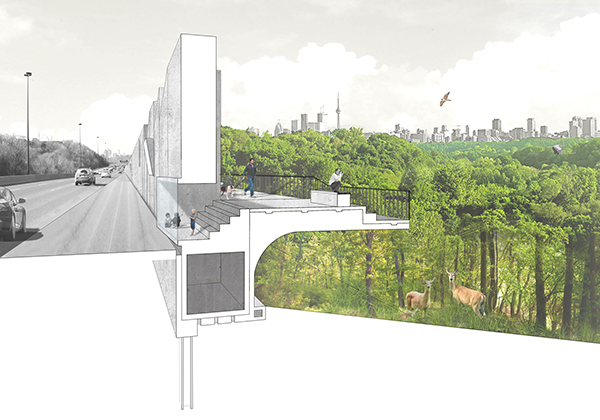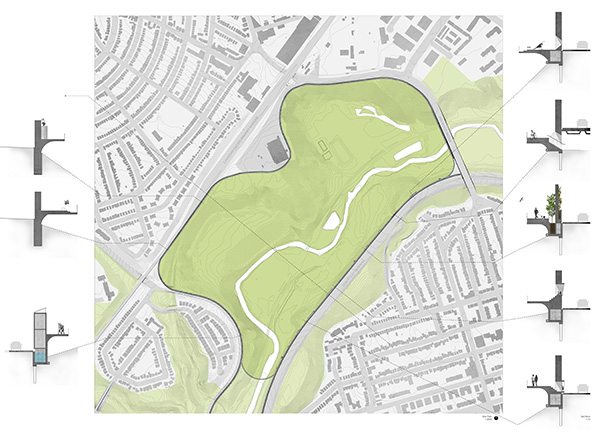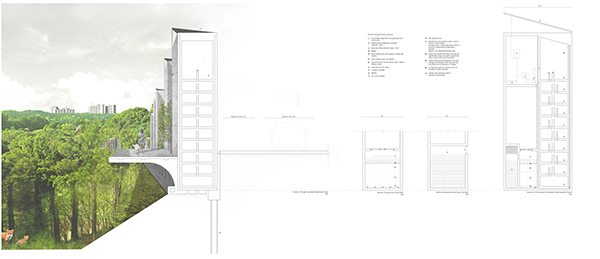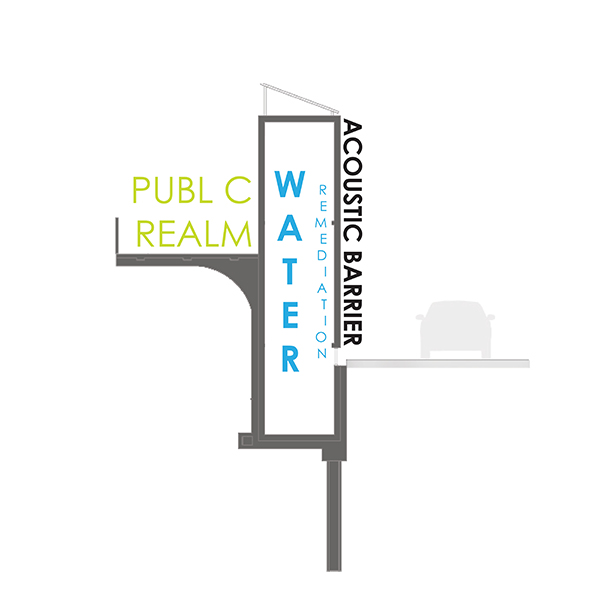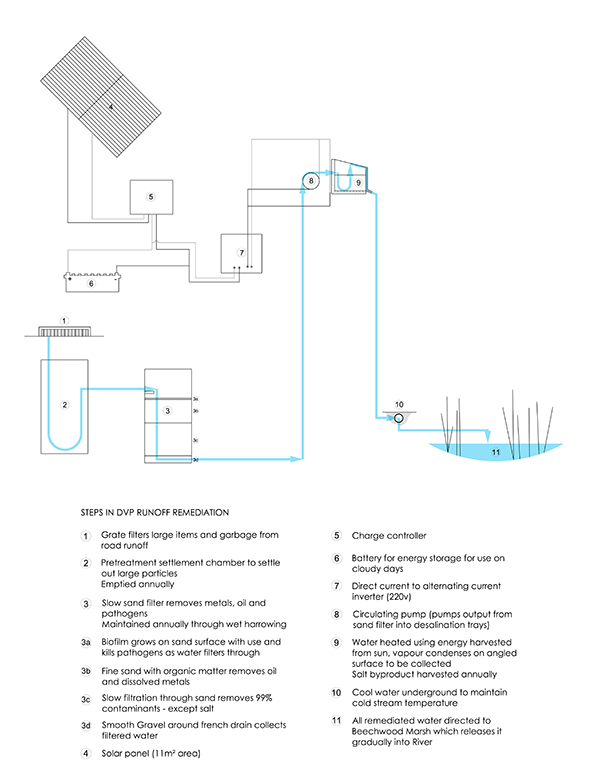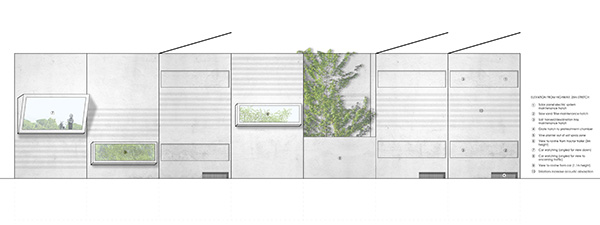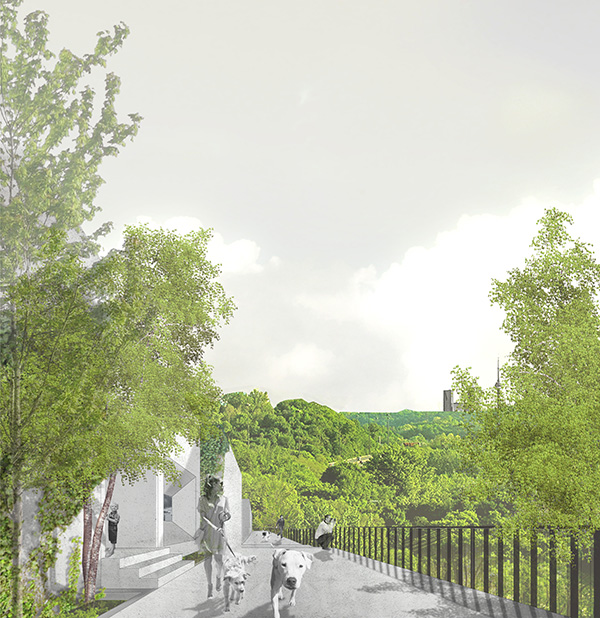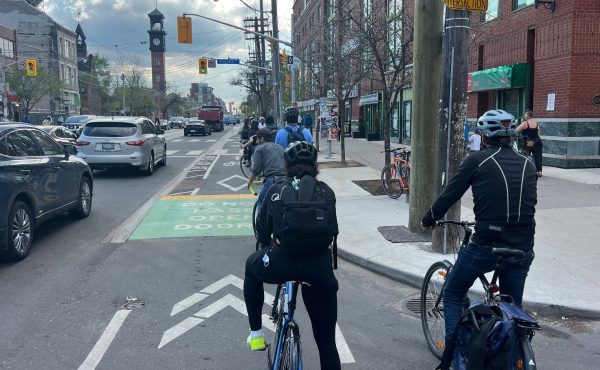Editor’s note: This is the third post in a series by students at the John H. Daniels Faculty of Architecture, Landscape, and Design. Each piece features an idea for an architectural intervention that would to better connect Torontonians with their ravine system. The designs in this series were created as part of Professor Brigitte Shim’s Thesis Research Option Studio or final Thesis Studio. The work and text in this post is by Kristen Duimering, whose bio you can find below.
The Don River is a seemingly natural space within an otherwise dense and noisy concrete jungle. What we don’t see when we walk within this valley is the decades of soil and water contamination from industry and landfill, and the ongoing pollution from combined sewer overflows, highway runoff, and lawn care chemicals. In fact, several chemicals in the Don River exceed Provincial and Federal water quality guidelines.
As Toronto’s population continues to grow, the pollution of the Don Valley will continue to pose environmental and human health risks, and ultimately threaten our city’s water security.
The Crothers Woods area is one of the widest portions of the Don Valley, and being home to endangered tree and understory species, has been given status as an Environmentally Sensitive Area. This portion of the Don Valley also has suffered some of the most detrimental impacts from human uses (mountain bikers, off-leash dogs, storm water outfalls, highway runoff, etc.).
Proposed is a multifunctional wall that will unburden this portion of the Don Valley and allow natural succession to regenerate the forest and ecosystem over time. The wall performs four functions:
1. Prevents public access to this portion of the ravine, thus reducing the impact of leisure activities (trail compaction, trail erosion, understory destruction, etc.)
2. Provides new public access along the site perimeter in the form of a multi-use recreational path that interacts with the Don Valley Parkway and provides new views of the valley
3. Acts as an acoustic barrier and reduces noise pollution from the Don Valley Parkway
4. Remediates all runoff from the Don Valley Parkway by removing dirt, oils, and road salts before the runoff enters the Don River.
This design combines much needed storm water remediation with a new public realm to mitigate the impact of human activities on the adjacent river and valley.
Kristen Duimering is a graduate of the Daniels Faculty of Architecture, Landscape and Design at the University of Toronto, with an interest in the impact of cities on their urban watersheds. Her current thesis investigates the future of water infrastructures in growing urban centres and ways in which new public spaces can be integrated into essential new water infrastructures (sewers, treatment plants, runoff remediation, etc.) required by a growing population. Daniels Facutly member, Professor Brigitte Shim was her thesis advisor for her Thesis Research Option Studio in the Winter of 2013 and her Thesis Advisor in the Fall 2013. Her final thesis will be posted later in the series.
- Between the Ravine and the City by Sonia Ramundi
- Beyond the Big Box by Federica Piccone

